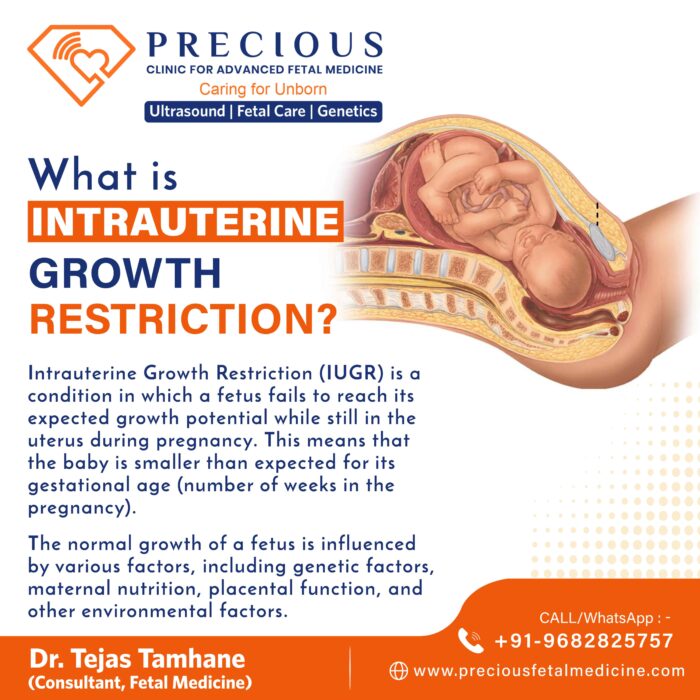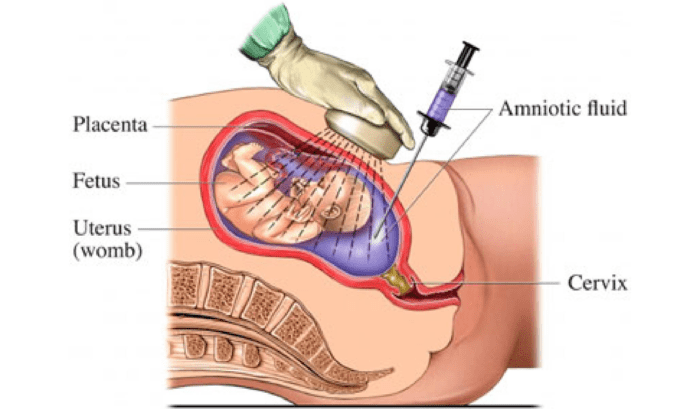Pregnancy is a beautiful journey marked by the intricate development of a new life in the mother’s womb. However, not all pregnancies progress smoothly, and some face challenges such as Intrauterine Growth Restriction (IUGR). This condition arises when a developing fetus does not develop as expected, which can raise concerns about the health and well-being of the unborn baby.
Understanding the potential causes, identification methods, and importance of monitoring for IUGR can help empower expectant parents.
What is Intrauterine Growth Restriction (IUGR)?
Intrauterine Growth Restriction refers to a condition where the fetus fails to achieve its expected growth potential in the womb. The fetus’s weight and overall size is smaller-than-average size for gestational age which indicates that it is not growing at the typical rate. Concerns regarding the health and well-being of the unborn baby can arise due to this condition because normal fetal growth is crucial for the development of organs, tissues, and overall health.

Potential Causes of Intrauterine Growth Restriction
IUGR can stem from a variety of factors, both maternal and fetal:
- Maternal factors: Chronic conditions like pre-eclampsia, hypertension, diabetes, and malnutrition can limit nutrient and oxygen flow to the baby.
- Placental issues: Abnormalities like placental insufficiency, previa (low-lying placenta), or abruption can hinder the placenta’s ability to nourish the baby.
- Fetal factors: Genetic malformations, chromosomal abnormalities, and infections can directly impact fetal growth.
- Environmental factors: Smoking, alcohol consumption, and exposure to certain toxins can also contribute to IUGR.
Identification of Intrauterine Growth Restriction: Early Detection is Key
Early diagnosis of IUGR is critical to optimising outcomes for both the mother and the baby. Prenatal care plays a vital role in this process through:
–Regular Ultrasound Scans: Monitoring fetal growth metrics including femur length, head circumference, and belly circumference enables early identification of deviations from expected growth patterns.

–Doppler Flow Studies: The blood flow in uterine arteries, umbilical cord artery and fetal brain artery can be assessed to measure blood flow to diagnose the problem of insufficient nutrient flow to the baby.
–Amniocentesis: In some cases, this invasive procedure may be required to examine amniotic fluid for chromosomal abnormalities or infections.

Importance of Monitoring and Intervention
Monitoring IUGR allows healthcare providers to:
- Track the baby’s growth: Consistent monitoring helps assess the severity of IUGR and predict potential complications.
- Make informed decisions about birth: Depending on the severity of IUGR and the baby’s well-being, early and timely delivery may be recommended to avoid risks associated with continued intrauterine growth restriction.
- Implement supportive measures: Nutritional counselling, bed rest, and medication management can sometimes improve fetal growth and well-being.
To Conclude:
Intrauterine growth restriction is one of the most common problems faced by expectant parents during their pregnancy journey. It can be a worrisome condition, thus early detection and monitoring are essential. By employing diagnostic technologies and being informed about potential reasons, fetal medicine specialists can take proactive measures to manage IUGR and optimise outcomes for their patients. Pregnancy care should be constant, and expectant parents and medical professionals should work together for a healthy pregnancy and a healthy baby.
Expert Care for Intrauterine Growth Restriction in Pune
Get Specialised Care for Intrauterine Growth Restriction in Pune
Meet Dr. Tejas Tamhane, a renowned Fetal Medicine Consultant in Pune, for accurate evaluation and management of IUGR.


